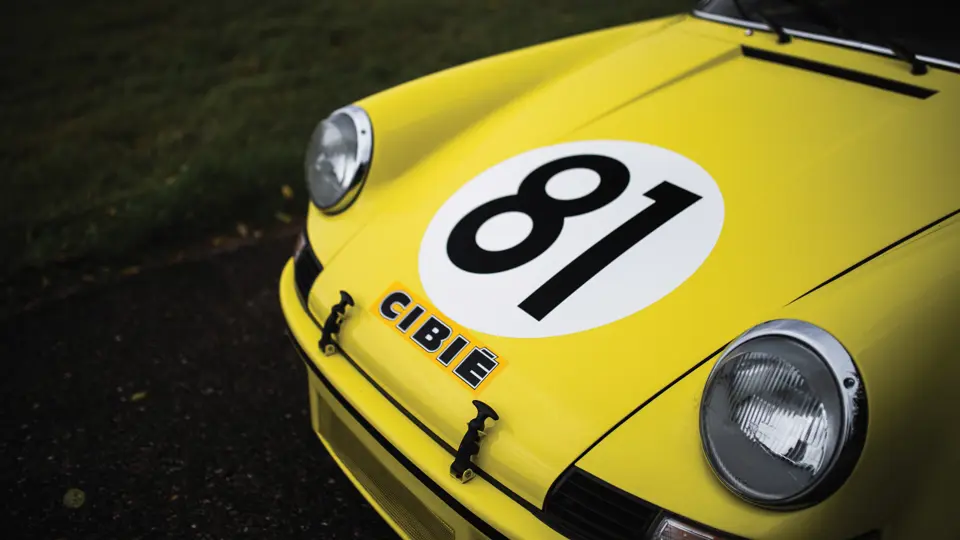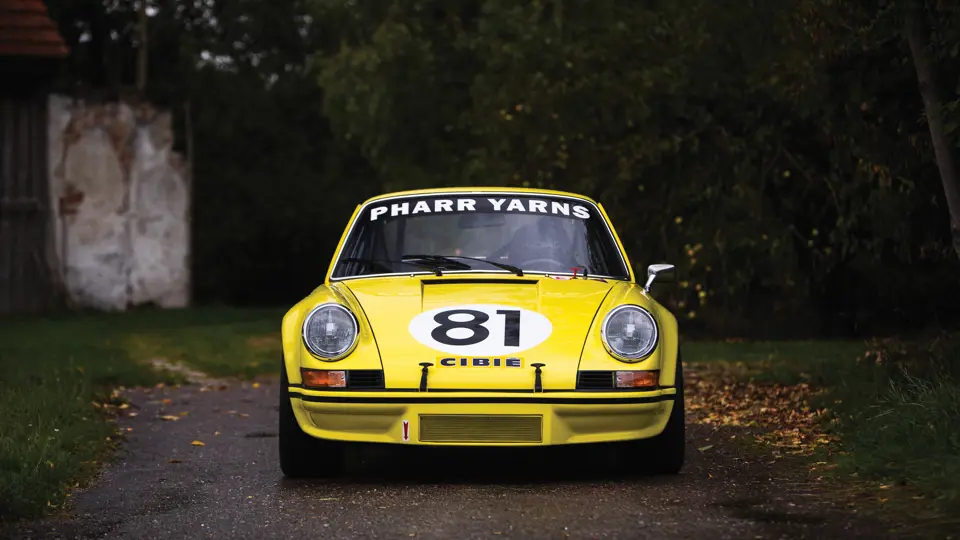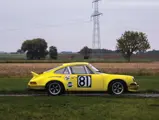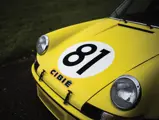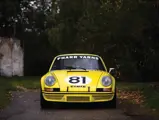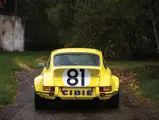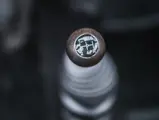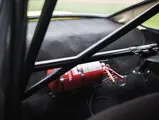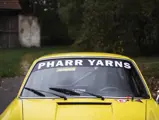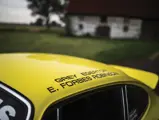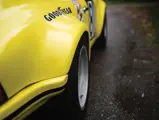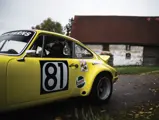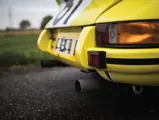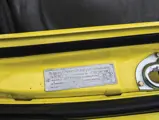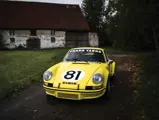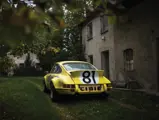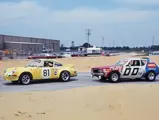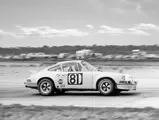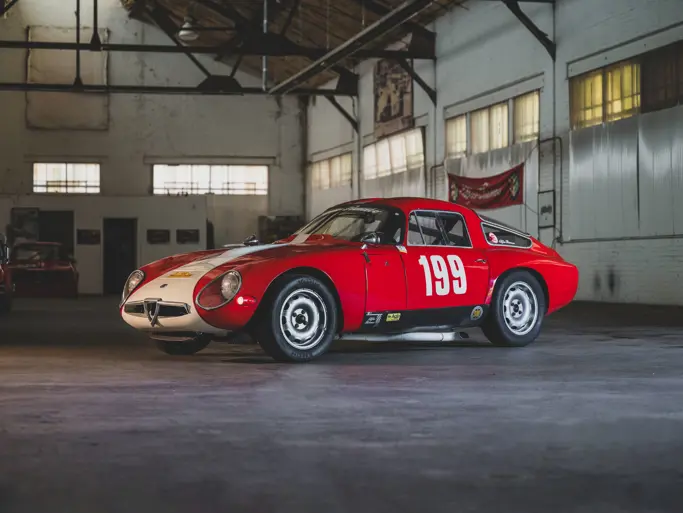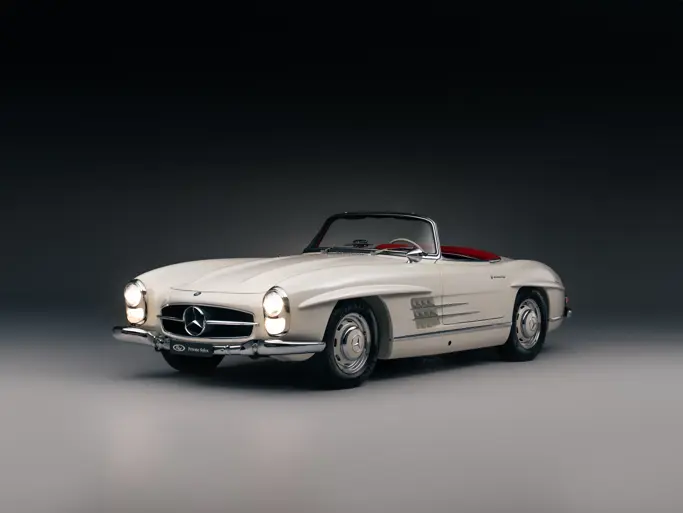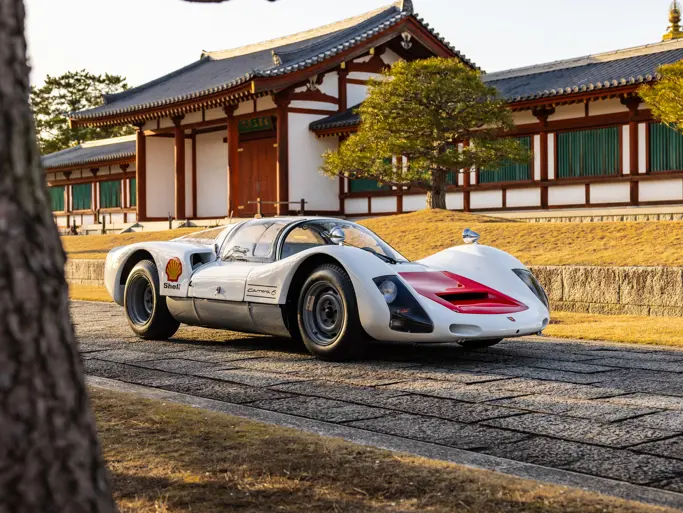
1973 Porsche 911 Carrera RSR 2.8
{{lr.item.text}}
$2,400,000 - $2,800,000 USD | Not Sold
{{bidding.lot.reserveStatusFormatted}}
- One of just 55 2.8-liter RSRs built for the 1973 season
- 4th overall at the 12 Hours of Sebring in 1973
- 11th overall and 3rd in class at the 1973 Watkins Glen Six Hours
- Race prepared and accompanied by current FIA HTP and copy of factory delivery note
- Eligible for events such as the Le Mans Classic, Tour Auto, Modena Cento Ore, and Classic 24 Hour at Daytona
- Includes comprehensive inspection report from marque expert Andrew Prill
With its 911 S model having trounced the opposition in the newly launched European GT Championship of 1972, Porsche made the decision to develop a new car for the following year to maintain its dominance in long-distance GT racing.
Based upon the exclusive and already lightweight Carrera RS 2.7, the RSR 2.8 (option M491 in Porsche parlance) was offered for 1973. A further 80 kg was trimmed from the RS, while the nominal capacity increase of just 119 cc belied the myriad technical changes within. Bigger valves, twin-plug ignition, raised compression ratio, and extensive lightening of internal components contributed to an increase from the 210 bhp of the RS to over 300 bhp. Wider Fuchs wheels and wheel arches, as well as a low-level front air dam with integral oil cooler, gave the RSR a much more aggressive disposition. The suspension refinements and a 917-based braking system greatly enhanced handling and drivability. At the same time, the RSR’s chassis was strengthened in three key areas at the rear of the car to cope with the increased demands and speeds placed upon it.
One of just 55 RSRs constructed for the 1973 season, chassis no. 9113600756 was completed in February of that year and was immediately entered to the 12 Hours of Sebring in March by new owner Grey Egerton of Costa Mesa, California. Entered by Far West Racing, and with sponsorship from Pharr Yarns, Castrol, and Cibie, Egerton was partnered with SCCA and Trans Am rising star Elliot Forbes-Robinson, who had shown such promise at Le Mans in 1971 after qualifying his 911 S fastest of all the GT class Porsche cars.
In qualifying for Sebring, it was a Corvette sweep of the first three positions, with the Brumos RSR of Peter Gregg, Hurley Haywood, and Dave Helmick the fastest Porsche qualifier in 4th position. Egerton and Forbes-Robinson performed strongly, qualifying in 7th with a best lap time just over a second slower than the Brumos car – a valiant effort considering three-minute lap times. As expected, the pole-sitting Corvette of Tony de Lorenzo and Steve Durst led from the start, closely followed by the similar car of veterans Dave Heinz and Jerry Thompson. However, both cars would retire within three laps of each other, allowing the Brumos RSR to take the lead. Forbes-Robinson and Egerton did pose a marginal threat throughout the race, although at the finish they had been passed by the sister RSR of Milt Minter and Michael Keyser and the Corvette of Greenwood/Grable/Brockman, which salvaged a little GM pride. Nevertheless, 4th overall at the notoriously hard Floridian track represented an excellent inaugural outing for the team.
In July 1973, 0756 was entered for the Watkins Glen 6 Hours – then a round of the World Sportscar Championship. Unlike Sebring, the race featured a full complement of Works 3.0-liter sports prototypes, including three Ferrari 312 PBs, two Matra MS670Bs, and two Gulf-Mirage M6s, as well as a pair of ex-Works Group 5 RSRs from the Penske and Brumos teams. Pitched against the mildly renamed Pharr West Racing RSR in a strong Group 4 GT field were four Ferrari Daytona competition cars, seven Chevrolet Corvettes, and six other RSRs, including the highly rated Toad Hall Racing entry (with 2nd-place Sebring finishers Minter and Keyser driving) and a further Brumos car for Mexicans Hector Rebaque and Guillermo Rojas.
In qualifying, it was the Keyser/Minter Toad Hall RSR which took the class pole, with Egerton/Forbes-Robinson 5th in class – albeit within half a second of Al Holbert’s similar car in 4th. During the race, the sonorous Matra of Larousse/Pesarolo took overall race honors ahead of the two Ferraris of Ickx/Redman and Merzario/Pace, while in the GT class the Pharr West crew enjoyed another solid run to finish in 11th place overall and 3rd in class. Indeed, the pace of the class-winning Keyser/Minter RSR was such that the wilder specification Group 5 Brumos RSR of Peter Gregg and Hurley Haywood only passed it in the closing stages to take 7th overall.
Egerton later sold the car to longtime Porsche expert Jim Cook, who continued to compete with it in the IMSA GT Championship for some years. As was the case with many 2.8 RSRs, 0756 was uprated to 1974 RSR 3.0 specification and was fitted with an ex-IROC RSR engine as well as the later-type RSR bodywork.
Following the conclusion of its contemporary racing career in 1979, 0756 was sold to George Eckert of New Orleans, who restored the car but does not appear to have raced it. In 1986, ownership passed to Lloyd Hawkins of Rennsport Racing, also of New Orleans, who returned the car to “as-delivered” 2.8-liter RSR specification, including the iconic “Carrera” script along its flanks. The car was used sparingly by Hawkins and was subsequently sold to Porsche broker David Mohlman, who again preferred to use the car for show purposes. After passing through the hands of two further U.S.-based owners, the RSR returned to Europe in 2013, and since then it has been used only on the road and for concours events, including the prestigious 2015 Salon Prive Concours d’Elegance at the Blenheim Palace.
Some three years ago, the car was comprehensively inspected by marque expert Andrew Prill of Prill Porsche Classics, and a written report of his findings is included in the car’s file. The report identified that the car retains is original chassis and production numbers, as well as the original VIN plate and all the strengthening features particular to RSRs. Furthermore, 0756 was found to be fitted with the correct specification RSR “high butterfly” engine and its original gearbox, as well as numerous other original RSR features, including the oil tank and oil system, gearbox oil cooler, brake calipers, pedal box, 110-liter fuel tank, trailing arms, and anti-roll bars.
Chassis no. 9113600756 remains a beautifully presented and historic example of this exceptionally rare and desirable 911 variant. Having recently benefited from more than €12,500 worth of work with marque experts Michael Kessels Sportwagen and Classica Automobile GmbH, the car is race prepared and ready for action in any number of the numerous events for which it is eligible. Arguably one of the last of the great “all-rounders,” this highly potent RSR offers a virtually automatic entry to the most prestigious concours events throughout the world, as well as a most exhilarating means of enthralling transportation.

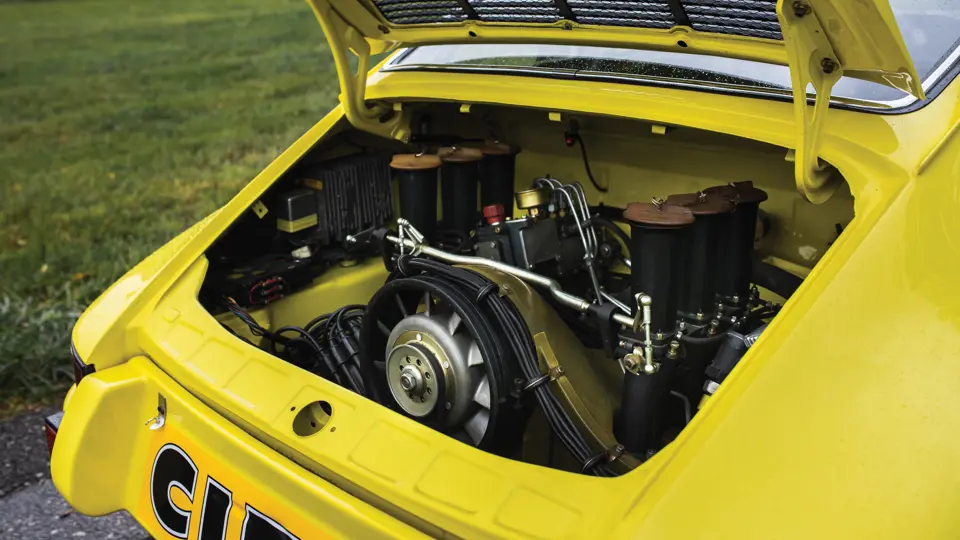



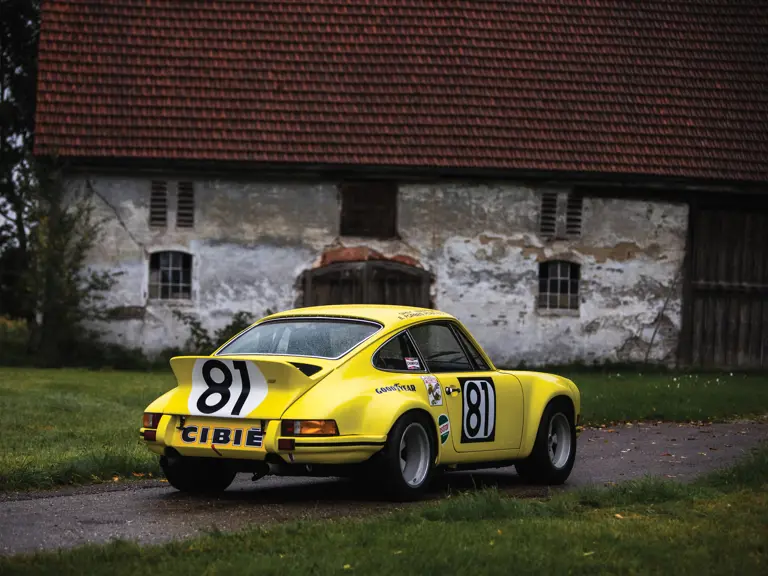

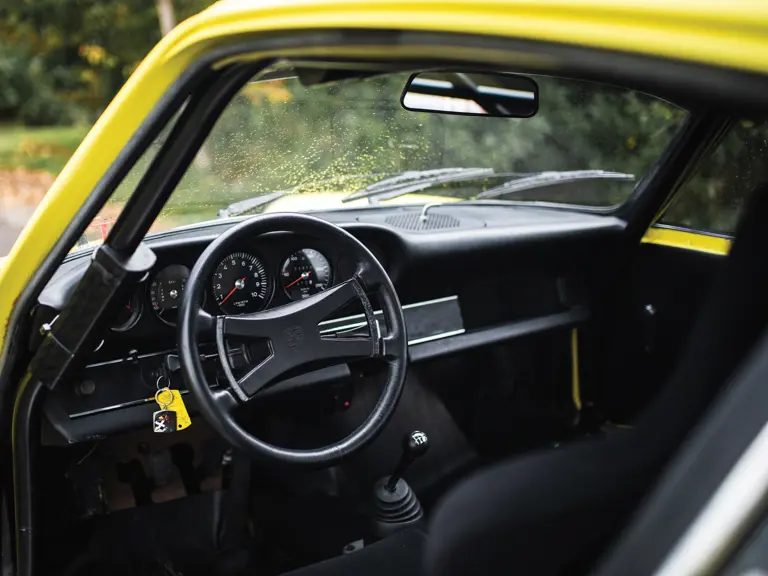
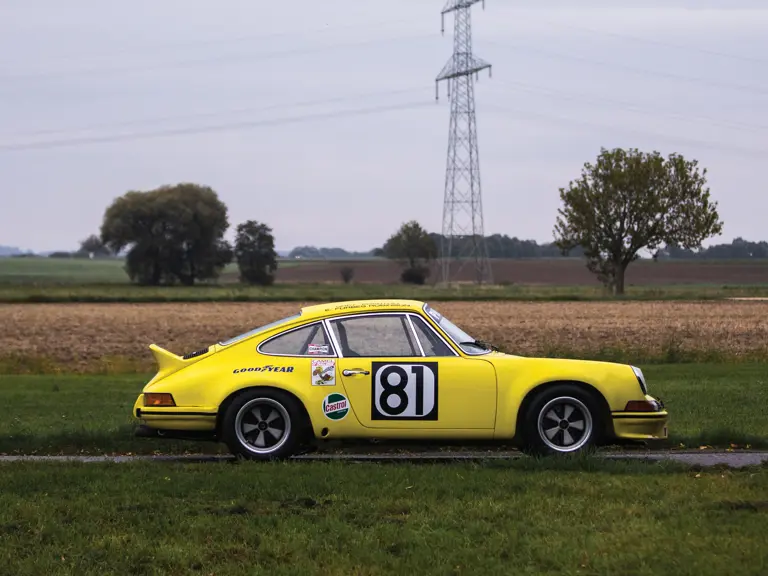
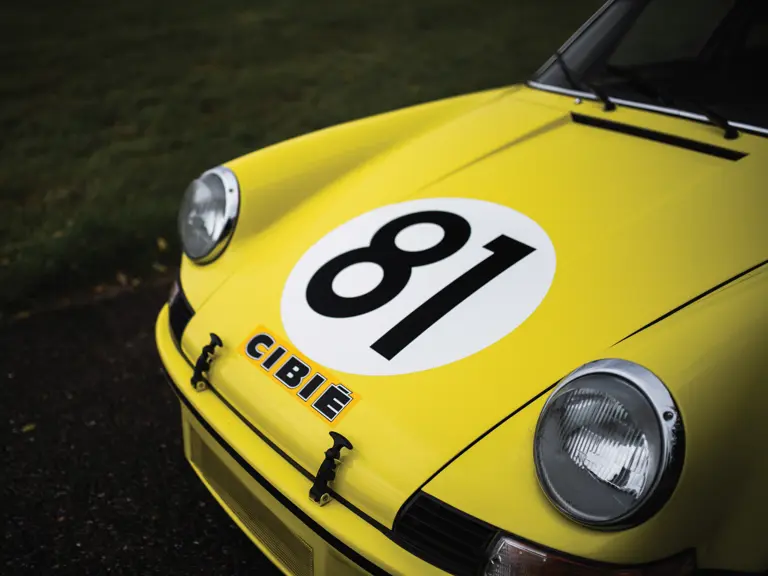
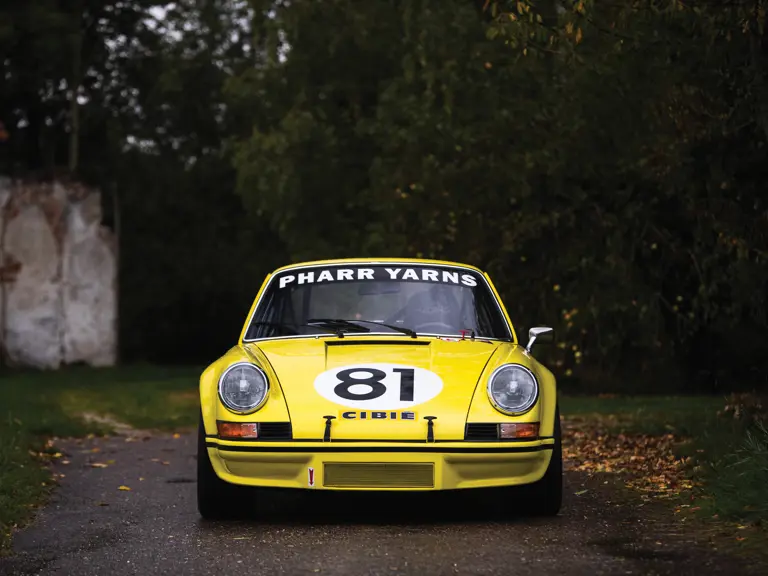

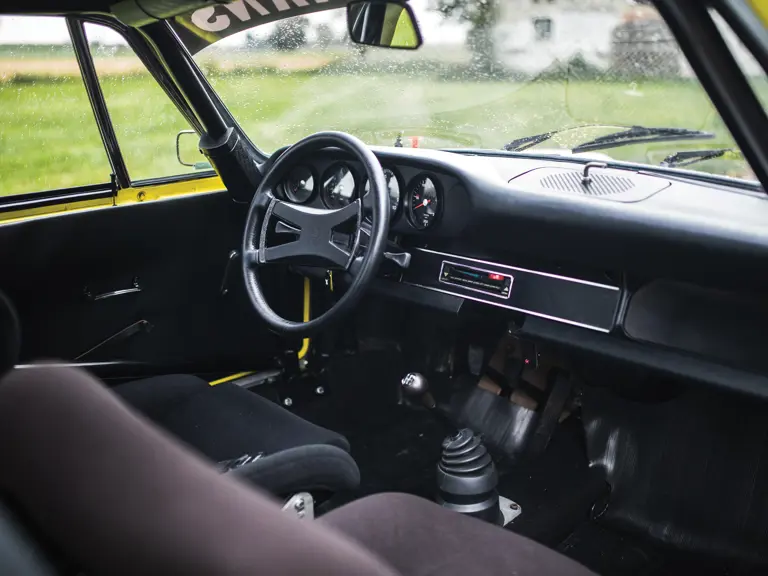
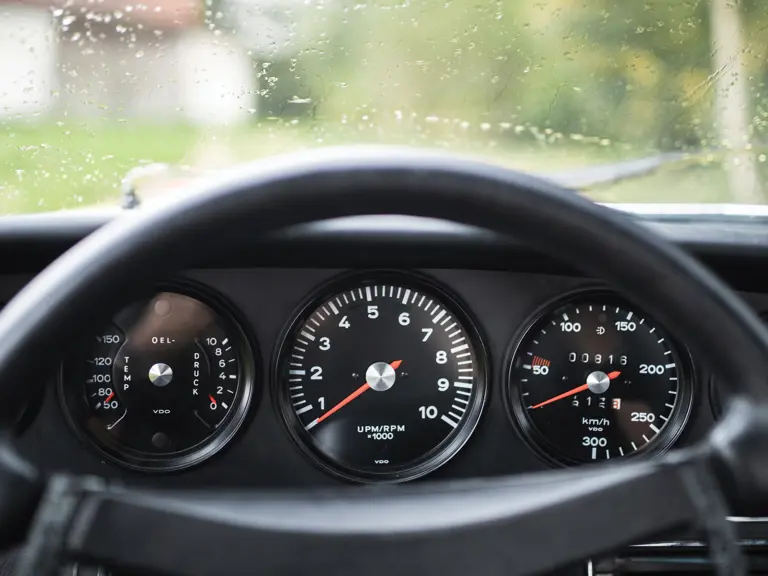


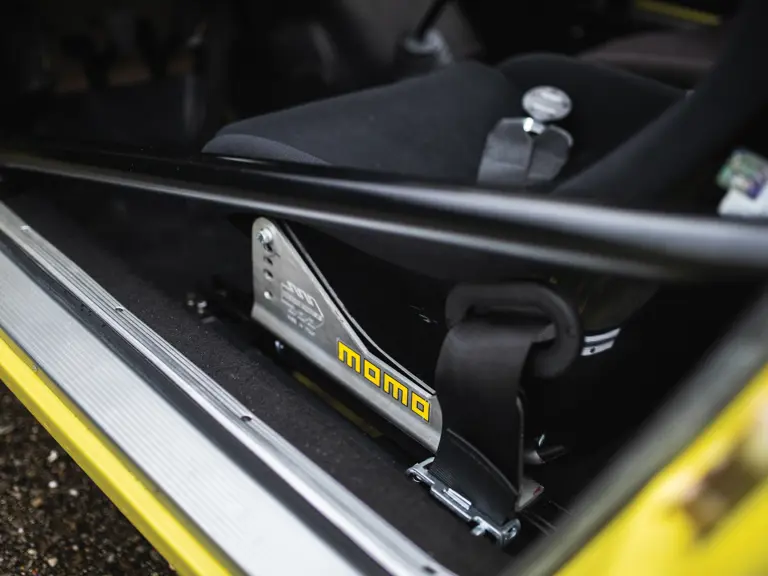



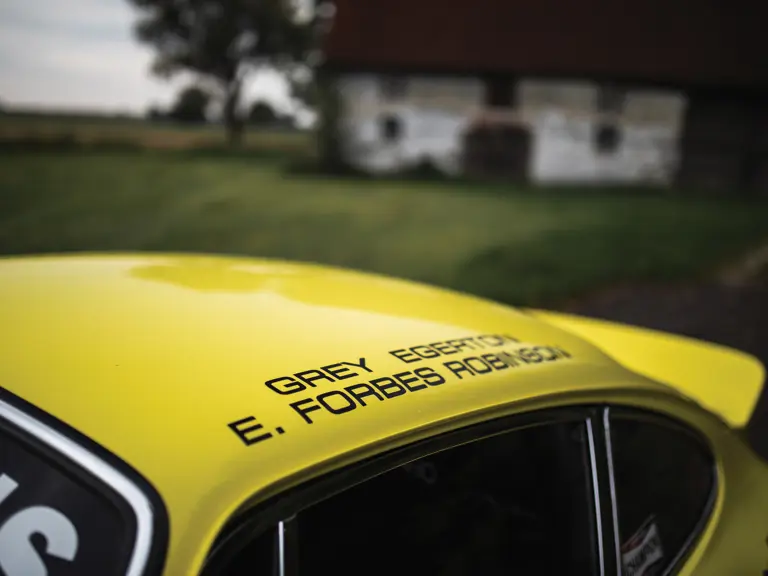


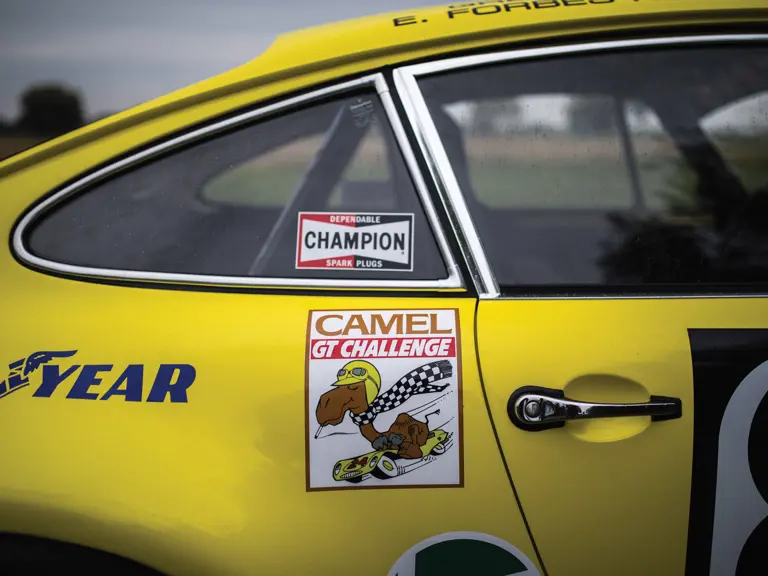


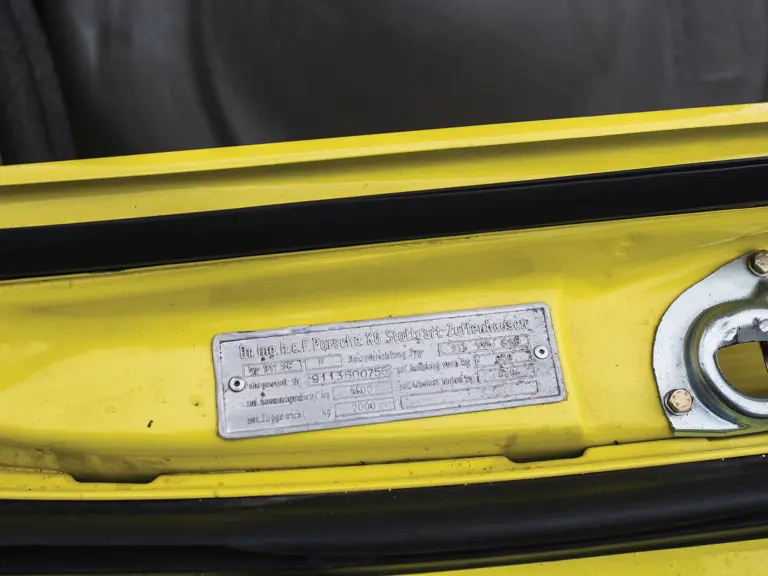
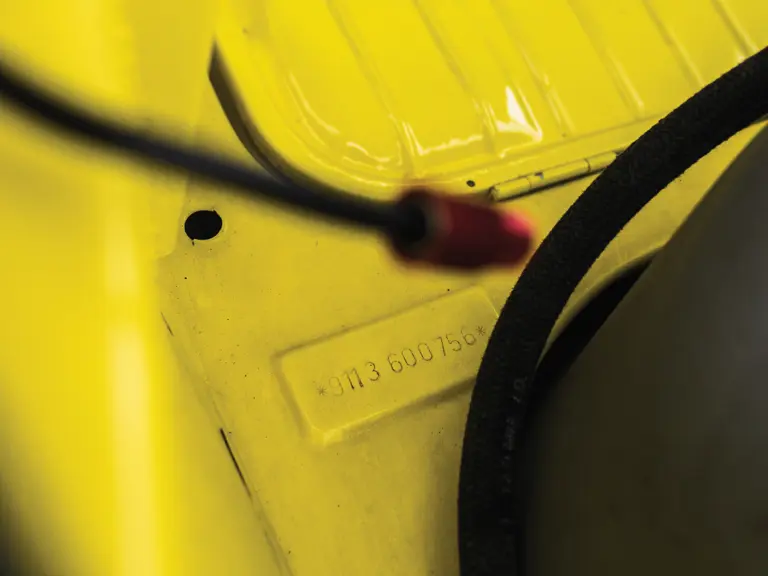
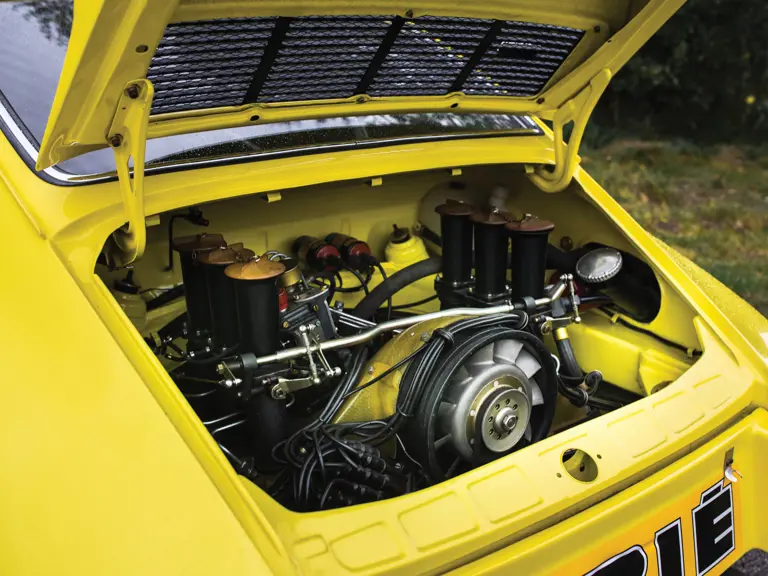
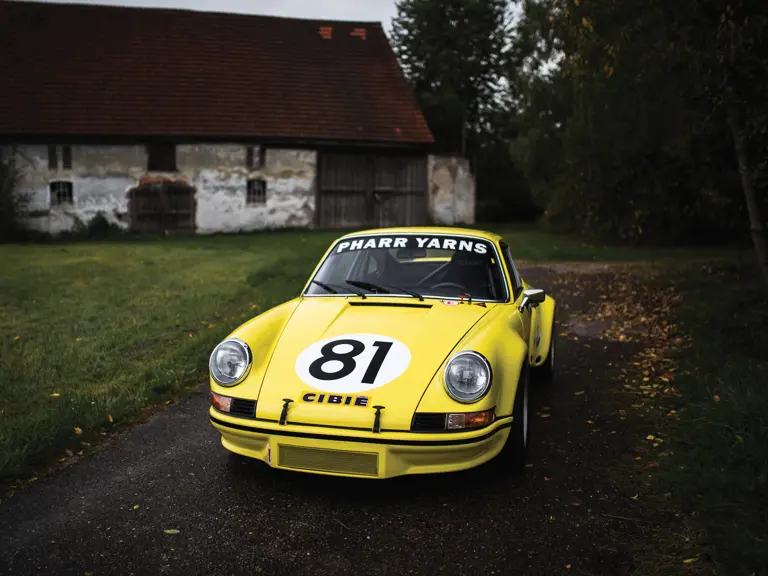

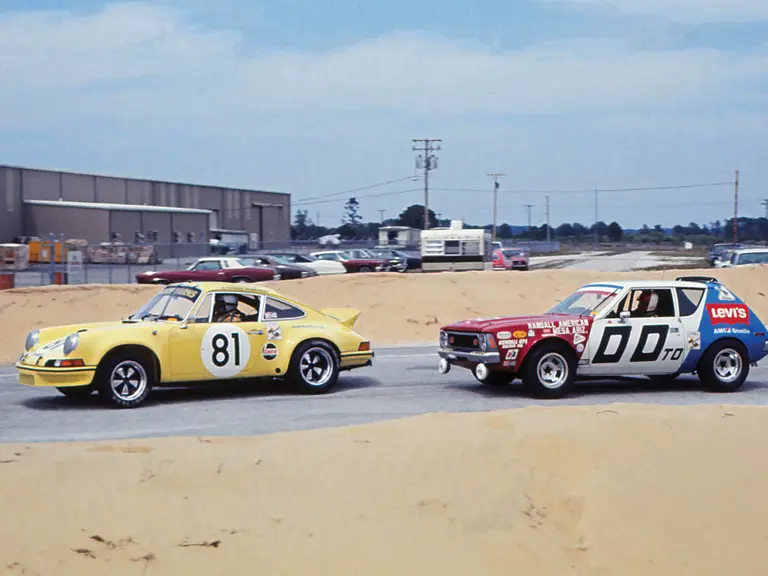

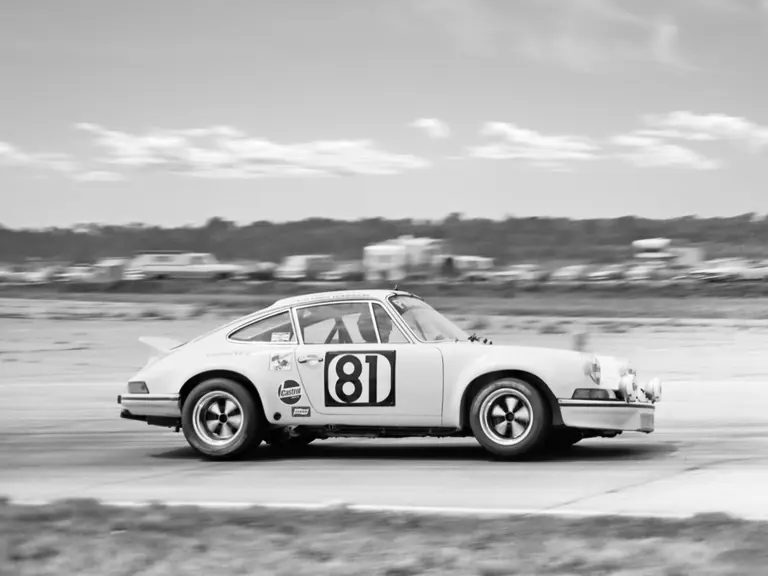
 | Atlanta, Georgia
| Atlanta, Georgia

